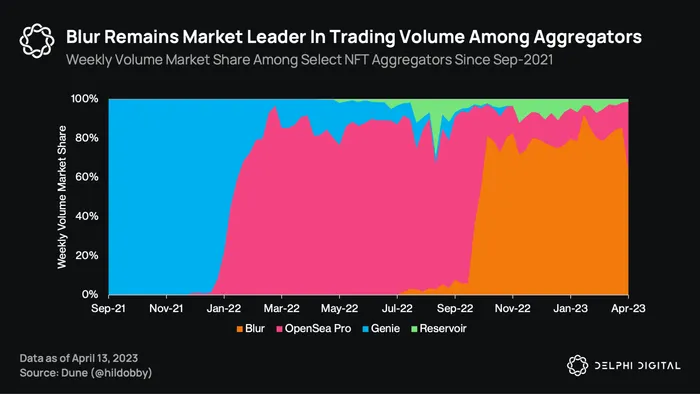
Recent Research
📊 Risk Analysis on Centralized Stablecoins – 4/19
- Stablecoin issuers must strike a balance between risk and profits or safety and liquidity.
- USDT’s riskier investments have paid off, as they have $960M in excess assets, primarily attributable to investment profits.
- BUSD is another strong performer, with 1.87% in excess assets compared to its stablecoin supply.
- To evaluate a stablecoin’s ability to withstand a bank run, we can assess its effective liquidity primarily through cash and cash-equivalent positions.
- BUSD and USDP boast the strongest liquidity positions, with cash plus cash equivalents accounting for 96% and 101% of their stablecoin liabilities, respectively.
- USDC and BUSD have the best investors and companies behind their stablecoins, with the most resources available to assist in any asset shortfall if required.
📊 Bull v Bear – Sell in May and Go Away? – 4/19
- This week, we revisit altcoin open interest dominance and Treasury volatility, explore the “sell in May” meme’s relevance to crypto, and discuss the upcoming FOMC meeting, potential all-time highs, and whether we’re in altseason.
📊 NFT Debrief – April 2023 – 4/17
- Ethereum dominated NFT market volume in March, while BNB and Arbitrum climbed up the ranks to overtake ImmutableX and Flow.
- Azuki continued expanding its IP, targeting the Asian market in a new partnership between BEANZ and IPX.
- We highlighted the newly launched OpenSea Pro and its impressive performance right out of the gate.
- Pudgy Penguins have given new life to Rogs. Rogs have been reimagined as a utility NFT that will function as a multiplier for specific licensing deals, on-chain drops, or claims in the future.
- Starbucks is back with a new NFT collection after the successful launch of their first “Siren” stamp collection last month, which saw the NFTs sell out within 18 minutes.
📊 Check the Chain – Shanghai Is Here! – 4/13
- In this episode, Ceteris and Jordan dive into the developments following Ethereum’s long awaited Shanghai update, discuss the post-update landscape, the impact on withdrawal queues, staking inflows, and effect on liquid staking tokens.
Relevant Reminder
📌 Uniswap’s Fee Switch – 4/11
- If Uniswap were to activate the fee switch, how much would UNI token holders stand to benefit?
- Based on our assumptions, estimates, and analysis, the fee switch’s ultimate impact may be underwhelming.
- To achieve an 8% APR, 43% of 2023’s projected fees would need to be allocated to stakers, assuming 75% of the circulating supply is staked.
- If 10% of Uniswap fees were diverted to governance as earnings, UNI would have a P/E ratio of 79 — characteristic of a high-growth tech company.
- Uniswap is likely to uphold its commitment to traders over other platform stakeholders with its implementation of the fee switch.